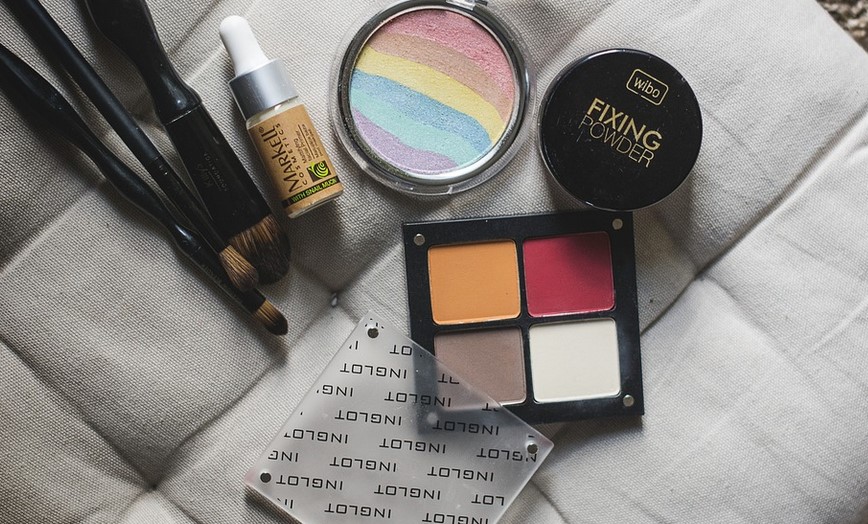Introduction
As temperatures drop and winter approaches, dry and cracked feet become a common problem for many. While there are a variety of creams and lotions available in the market, one hack that has gained popularity in the recent years is using petroleum jelly on feet with socks. In this article, we explore the benefits and effectiveness of this hack.
What is Petroleum Jelly?
Petroleum jelly, also known as petrolatum, is a semi-solid mixture of hydrocarbons. It is a by-product of the oil refining process and is commonly used in skincare products for its moisturizing properties. It acts as a barrier on the skin, preventing moisture from escaping and keeping it hydrated.
How to Use Petroleum Jelly on Feet with Socks
To use petroleum jelly on feet with socks, first, make sure your feet are clean and dry. Apply a generous amount of petroleum jelly on your feet, focusing on the heels and any dry or cracked areas. Put on a pair of clean cotton socks and leave them on overnight. In the morning, wash your feet with warm water and soap to remove any excess petroleum jelly.
Benefits of Using Petroleum Jelly on Feet with Socks
One of the main benefits of using petroleum jelly on feet with socks is its moisturizing effect. It helps to lock in moisture and prevent dryness, making your feet soft and smooth. It also helps to soothe any irritation or inflammation caused by dryness.
Effectiveness of Petroleum Jelly on Feet with Socks
Many people have reported positive results after using petroleum jelly on feet with socks. However, it is important to note that the effectiveness may vary from person to person. Some people may notice a significant improvement in the condition of their feet after a few uses, while others may not see much difference.
Precautions
While petroleum jelly is generally considered safe for use, it is important to take some precautions. Avoid using petroleum jelly on open wounds or cuts as it may trap bacteria and cause infection. Also, if you have sensitive skin, it is recommended to do a patch test before using petroleum jelly on your feet.
Alternatives to Petroleum Jelly
If you prefer not to use petroleum jelly, there are several alternatives available in the market. Shea butter, coconut oil, and almond oil are some natural alternatives that are known for their moisturizing properties.
Conclusion
In conclusion, using petroleum jelly on feet with socks is a simple and effective way to keep your feet moisturized and prevent dryness. While the effectiveness may vary from person to person, it is worth giving it a try, especially during the winter season. Remember to take precautions and do a patch test if you have sensitive skin.

